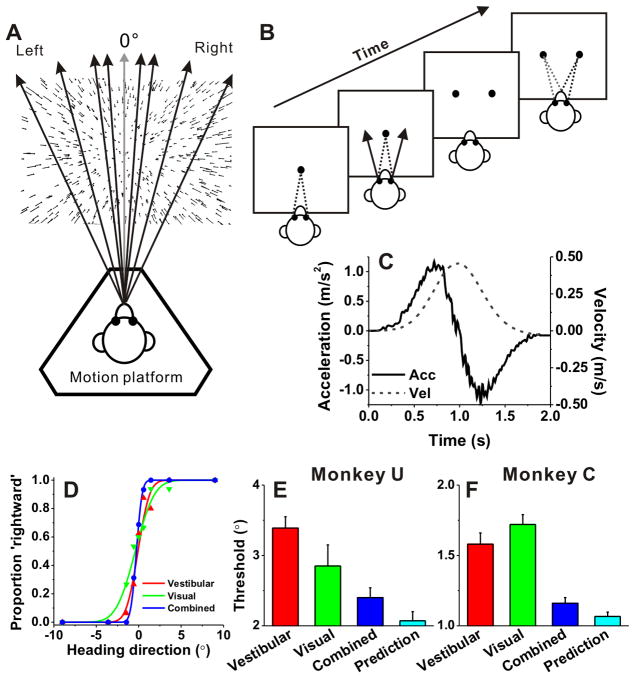Figure 1. Heading task and behavioral performance.
(A). Monkeys were seated on a motion platform and were translated forward along different heading directions in the horizontal plane to provide vestibular stimulation. A projector mounted on the platform displayed images of a 3D star field, and thus provided visual motion (optic flow) stimulation. (B) After fixating a visual target, the monkey experienced forward motion with a small leftward or rightward (arrow) component, and subsequently reported his perceived heading (‘left’ vs. ‘right’) by making a saccadic eye movement to one of two targets. (C) The inertial motion stimulus followed a Gaussian velocity profile over the stimulus duration of 2 s (dashed line). The corresponding acceleration profile was biphasic (solid lines) with a peak acceleration of 1 m/s2 (shown as the output of a linear accelerometer attached to the motion platform). (D) Example psychometric functions from one session. The proportion of ‘rightward’ decisions is plotted as a function of heading direction. Smooth curves are best fitting cumulative Gaussian functions. Red, green and blue symbols represent data from the vestibular, visual and combined conditions, respectively. (E, F) Average psychophysical thresholds from two monkeys (monkey U, n = 31 and monkey C, n= 64) for each of the three stimulus conditions, and predicted thresholds computed from optimal cue integration theory (cyan). Error bars indicate SEM.

